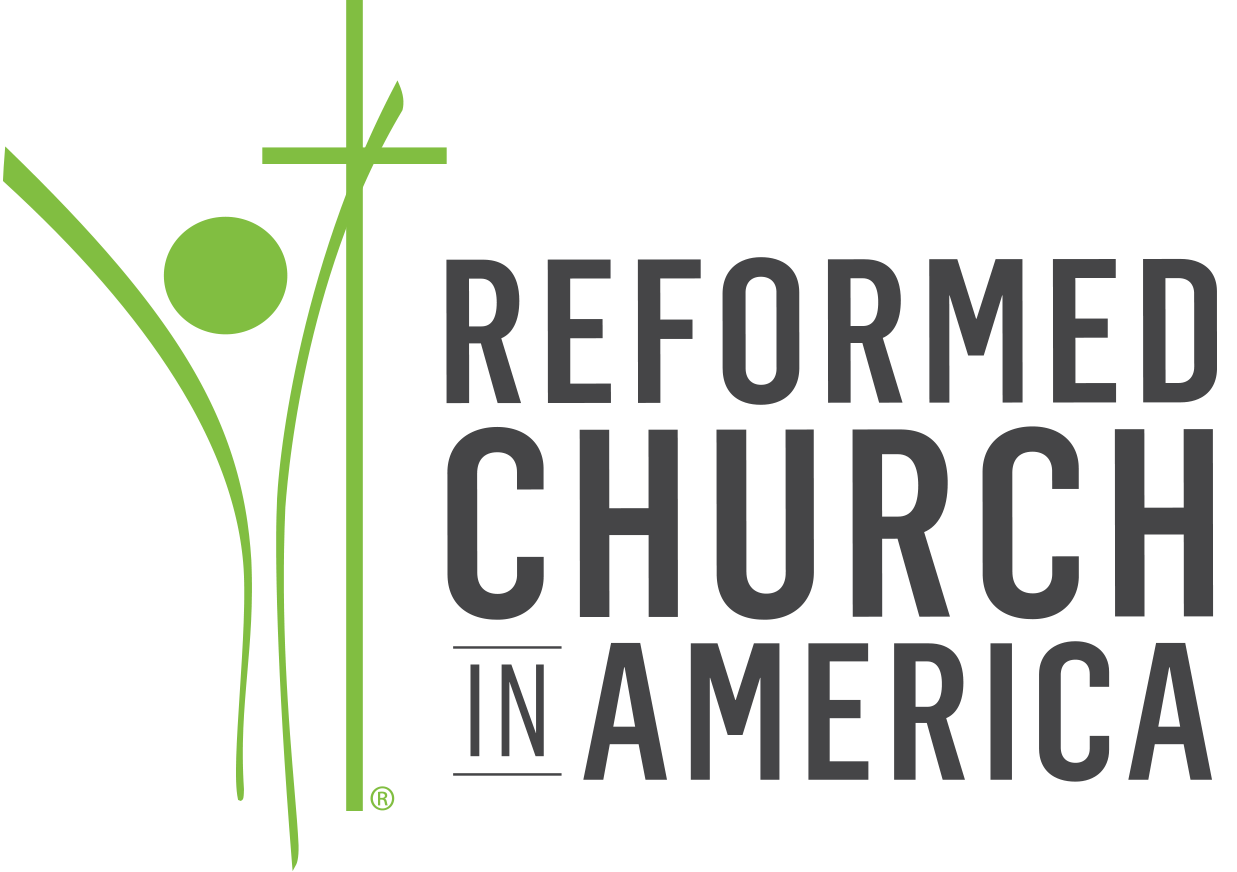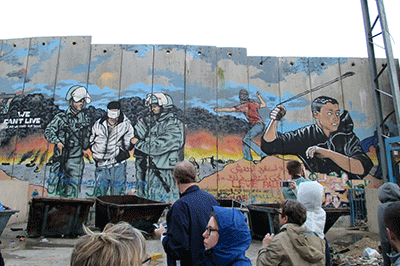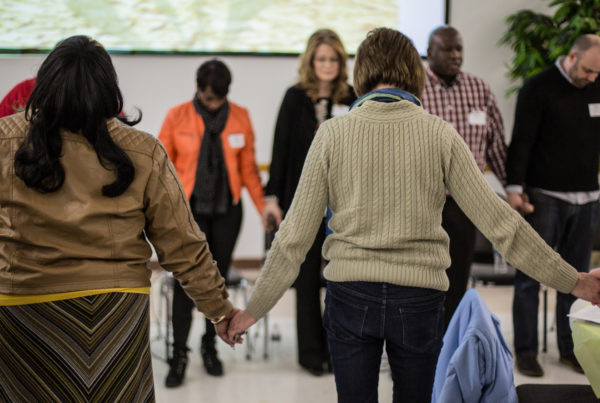There is so much that I can share about my experiences in Israel and Palestine.
By Stephen Eckert
There is so much that I can share about my experiences in Israel and Palestine. I can share about looking across the road from Stella Marias and taking in my first view of the Mediterranean Sea. I can write about our visit to Caesarea Maritima and how the group sat in the amphitheater reading about Herod Agrippa in Acts 12 or how we gathered in the area that was the prison that probably held Paul before he was sent to Rome. I could share about sitting at Tel Megiddo and reflecting on the story of Deborah in Judges 4 while the wind was gusting around us making it difficult to hear Marlin speak. I could share about our visit to the Tent of Nations (www.tentofnations.org) and about Daoud Nassar’s peaceful approach to keeping and maintaining his land. I could share these stories (and so many more), but space is limited.
On March 6, 2014, I embarked on a trip that wasn’t on my bucket list. In the days following, I would participate in an event that I had never heard of and experience things that would have a profound impact on my life and ministry. On March 6, I boarded a flight with others from the RCA for a journey to Israel and Palestine. After landing in Tel Aviv, we were greeted by Marlin and Sally Vis, RCA missionaries and our guides, along with the rest of our group. As we made our way to the bus, the teaching started.
In one of his AspenWind emails to prayer partners (www.rca.org/aspenwind), general secretary Tom De Vries shared about the dust on his hiking boots after returning from this trip. (Dust collected not only on the boots, but on clothes and various other items as well.) His words, however, got me thinking how there were other sights that have left a lasting impression on me.
One was Hezekiah’s Tunnel, a 1,750-foot tunnel under the City of David, created during the reign of King Hezekiah as a way to protect the water supply from the impending Assyrian siege. The water runs from the Gihon spring to the Pool of Siloam. We learned that the tunnel was started from opposite ends and they met in the middle. Our group walked Hezekiah’s Tunnel, where water was thigh-deep in some places and ankle-deep in others. When we reached the middle of the tunnel, we turned off our lights and flashlights and sang the Doxology together. On a lighter note, group members will confirm that I kept banging my head along the top of the tunnel throughout the walk.
Our visit to the Garden of Gethsemane at the Mount of Olives left me speechless and a bit emotional. It sent me back to my youth at the Reformed Church of Highland Park, with its stained-glass window of Christ praying at the rock in the Garden of Gethsemane. My family sat in the pew across from that window and I used to stare at it. A picture of that window served as the cover for the worship bulletin on the day that I was ordained. Now I have stood there myself. Needing a bit of alone time, I walked away from the group, sat down, and prayed. Our group also attended the Christ at the Checkpoint conference in Bethlehem with more than 600 Christians from all over the world (www.christatthecheckpoint.com). We heard discussions about how to seek peace in this region, as well as updates about work being done to work toward peace. It was startling to see the wall—the intentional separation barrier built by Israel—that divides Israel from Palestine. There is no way of missing it! Huge, gray, and covered in graffiti, it is topped with barbed wire and has sentry posts. It is impressive and frightening at the same time.
Walls are built to protect, but they can also oppress. They are built for safety, but they can also cause abuse. They are built to gather in, but they can also keep out. As our group crossed through various checkpoints and made our way through the wall a number of times, we learned of Palestinians who have never been able to visit Jerusalem. While we were waved through the entrances, there are Palestinians who are turned away—sometimes forcibly. While we weren’t given a second look passing through the gate, Palestinians endure strict military scrutiny.
My goal here is not to pass on a political viewpoint, but to understand how peace can come to this region—not only to understand, but also to consider how we as the RCA can help bring peace to Israel/Palestine. For me, it begins with the wall.
I remember listening to President Reagan say, “Mr. Gorbachev, tear down this wall!” It was 1987; he was speaking in Berlin. Two years later, the Berlin Wall came down, piece by piece, and families were reunited after decades of separation.
Could this be a start for the peace process in Israel/Palestine? I pray that it would be that easy!
For now, I continue to pray for Israel/Palestine. I pray for governments and leaders to see the turmoil, pain, and death it is causing to people on both sides. I pray for the people of Israel/Palestine. I pray for my Christian brothers and sisters in that land. I pray for peace/shalom/salam!
Would you join me in praying for peace?
It is with a grateful heart that I extend my thanks to the Synod of the Mid-Atlantics for the privilege of representing you on this journey and for granting me such an amazing opportunity and experience. I also thank the synod for allowing Leah Ennis, associate pastor of North & Southampton Reformed Church, to share in this opportunity and experience as a next-generation RCA leader in our region. Finally, I thank my congregation, South Branch Reformed Church, for allowing me to participate and share my experience with each of them.
Dona Nobis Pacem!
Stephen Eckert is stated clerk of the Synod of the Mid-Atlantics and pastor of South Branch Reformed Church in Hillsborough, New Jersey.





